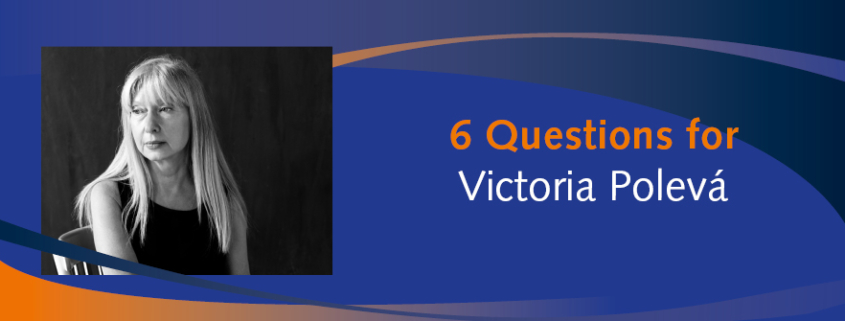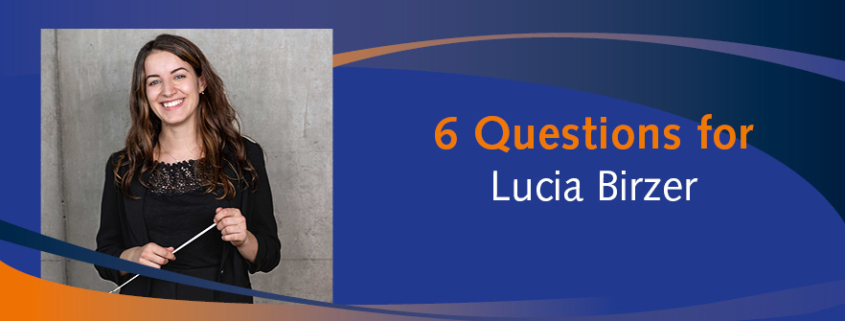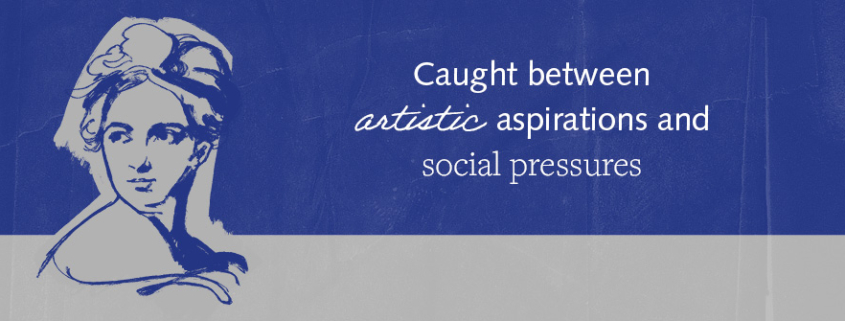Marianna von Martines
Only in the last few years has Marianna von Martines (1744–1812) finally begun to win the recognition she deserves as an important composer of the eighteenth century. Martines’s synthesis and mastery of both old and new styles is a central theme in her works, and scholars studying her music have pointed it out frequently. It is especially evident in her sacred choral-orchestral works, one of the earliest being the Seconda Messa of 1760.










